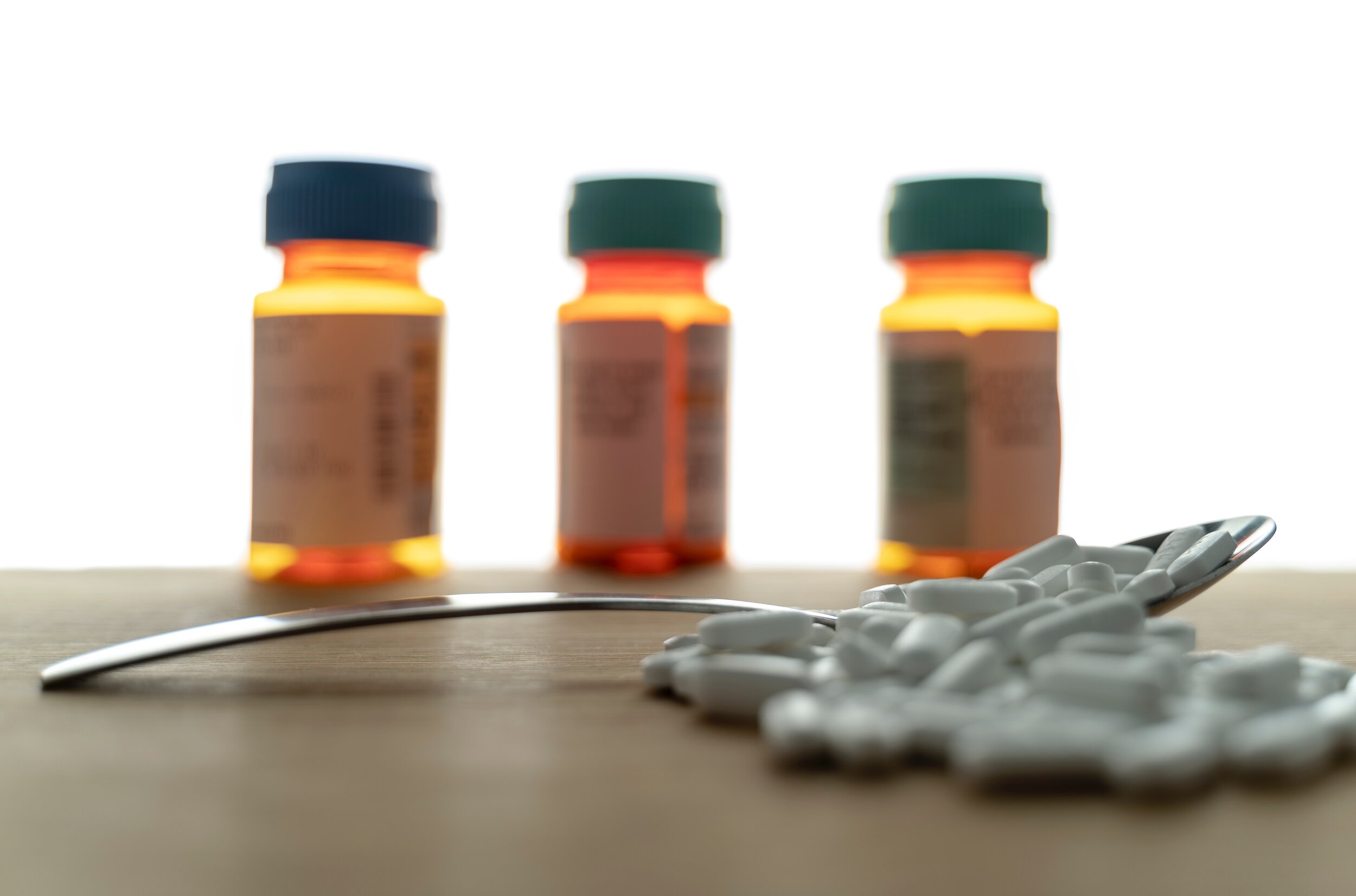3 New Year’s Resolutions on Behalf of Pain Patients
/By Crystal Lindell
It’s now 2026, which means I’ve spent too many decades making mostly failed New Year’s resolutions for myself. So this year, I’m not going to bother.
Instead, I have some New Year’s resolutions for other people. Specifically, they’re for people with power, like doctors and healthcare policy makers.
After all, it really seems like they need to make some policy changes, given the current state of things for people in pain. Perhaps they are just waiting for someone to tell them what those changes should be.
Below is a look at three of my 2026 New Year’s resolutions on behalf of pain patients..
Resolution # 1: Fully Legalize 7-OH and Develop New Edibles
There’s so many conflicting local regulations when it comes to kratom and 7-OH, despite the fact that neither one is as harmful as health officials and lawmakers often claim.
For those unfamiliar, 7-OH is short for 7-hydroxymitragynine, an alkaloid that occurs naturally in kratom in trace amounts. Some kratom vendors now sell concentrated versions of 7-OH to boost its potency as a pain reliever and mood enhancer.
A lot of pain patients find both 7-OH and kratom to be effective at treating chronic pain. And while I am glad that both are still legal in most places in the United States, I would really like to see them fully legalized across the country, as municipalities and states realize just how beneficial these products can be.
I also would really like to see 7-OH vendors come out with some new edible formats, like chocolates, gummies and even seltzer.
I think 7-OH in particular has the potential to help a lot of people who have been denied adequate pain treatment. However, many of them may not be comfortable figuring out where to buy and correctly dose a 7-OH chewable tablet, especially if they are among one of the largest demographic of pain patients: the elderly.
I think of my grandma trying to get 7-OH tablets at a local smoke shop, or having to figure out how to order them online. Both options are bad.
Ideally, regular grocery stores and local pharmacies would have a display of low-dose 7-OH chocolates available over-the-counter for pain patients like her.
Resolution # 2: Stop Prescribing Gabapentin and Tramadol for Pain
This would be such a relatively easy change for doctors to make, and there’s so much science to back it up.
In October of 2025, PNN covered a study showing that tramadol is often not effective for chronic pain. And PNN has long been covering how ineffective gabapentin is for most pain conditions.
However, despite the evidence, doctors still regularly prescribe gabapentin and tramadol for chronic pain.
It doesn’t have to be that way. Doctors have alternatives that actually work, most notably low-dose hydrocodone. Yes, there are more regulations around that medication, making it more difficult to prescribe. But actually giving pain patients real options shouldn’t be so difficult.
So, I would like doctors and other healthcare professionals to make it their goal to stop prescribing ineffective medications. Instead, offer pain treatments that actually work. Your patients will thank you.
Resolution # 3: Implement Medicare for All
Yes, I know this one is kind of unrealistic. But that’s what New Year’s magic is all about — putting whimsical ideas out into the universe with the hope of seeing them come to fruition.
After all, it can’t happen if we never ask for it.
Unfortunately, as the year starts off, we are actually heading in the opposite direction, with many Americans seeing their health insurance premiums soar or even deciding not to buy coverage.
But I’m hoping that may be the catalyst we need for the public to start demanding real change. Right now, millions of people are losing their health insurance because the Trump administration ended federal subsidies for coverage under the Affordable Care Act.
It’s an awful and unnecessary situation that our policy leaders have the power to fix, if only they worked together on the issue.
Every human should have the right to healthcare, and Medicare for All would go a long way to making that happen.
I know a lot of these resolutions probably won’t come to fruition in 2026, but I do think they could realistically happen before we start the next decade. And all of them have the potential to vastly improve the lives of millions of people living with chronic pain.
Happy New Year everyone. May your 2026 be filled with low-pain days, too much joy, and lots of love.












